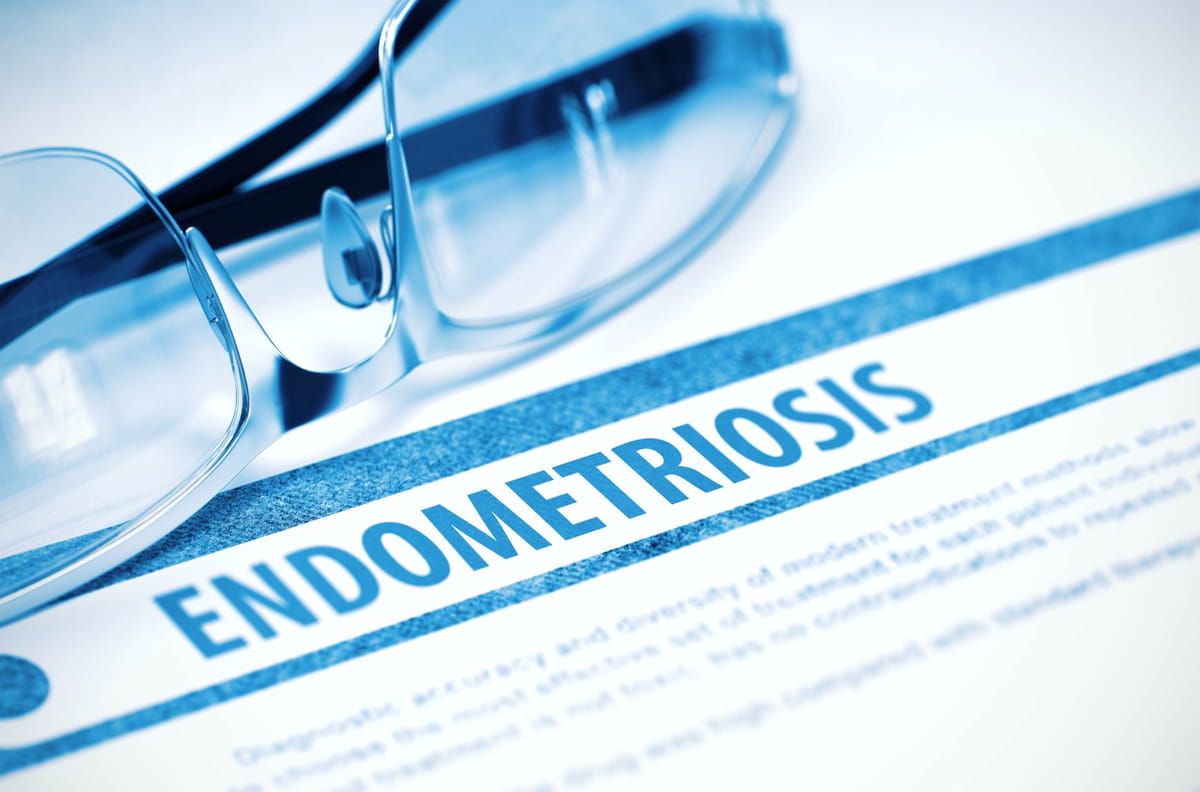Endometriosis
Endometriosis is a chronic and often painful condition where tissue similar to the lining inside the uterus, known as the endometrium, grows outside the uterus. This misplaced tissue can be found on the ovaries, fallopian tubes, the outer surface of the uterus, and other pelvic organs. Unlike the normal endometrial tissue that is shed during menstruation, this displaced tissue has no way to exit the body, leading to inflammation, pain, and the formation of scar tissue or adhesions.
The exact cause of endometriosis is not well understood, but several theories exist. One widely accepted theory is retrograde menstruation, where menstrual blood flows backward through the fallopian tubes into the pelvic cavity instead of leaving the body. Other theories suggest genetic factors, immune system disorders, or embryonic cell transformation as possible causes. Hormonal imbalances, particularly involving estrogen, also play a significant role in the development and progression of endometriosis.
Symptoms of endometriosis vary widely and can range from mild to severe. Common symptoms include pelvic pain, especially during menstruation, pain during intercourse, pain with bowel movements or urination, excessive bleeding during periods (menorrhagia) or between periods (menometrorrhagia), and infertility. The severity of the symptoms is not necessarily indicative of the extent of the disease; some women with mild endometriosis experience severe pain, while others with advanced endometriosis may have little to no pain.
Diagnosing endometriosis typically involves a combination of medical history, physical examination, imaging tests, and sometimes surgical procedures. Pelvic exams can detect abnormalities, but imaging tests like ultrasounds and MRIs are more useful in identifying cysts associated with endometriosis, known as endometriomas. The gold standard for diagnosis is laparoscopy, a minimally invasive surgical procedure where a camera is inserted into the pelvic cavity to directly visualize and biopsy endometrial implants.
Treatment for endometriosis aims to manage symptoms and improve quality of life, as there is no cure for the condition. Pain relief is often achieved through medications such as nonsteroidal anti-inflammatory drugs (NSAIDs) and hormonal therapies, including birth control pills, progestins, and gonadotropin-releasing hormone (GnRH) agonists. In more severe cases, surgical options like laparoscopy can be used to remove endometrial tissue, reduce pain, and improve fertility. Multidisciplinary approaches, including physical therapy, dietary changes, and counseling, can also support women in managing the complex and often debilitating effects of endometriosis.



.png)
